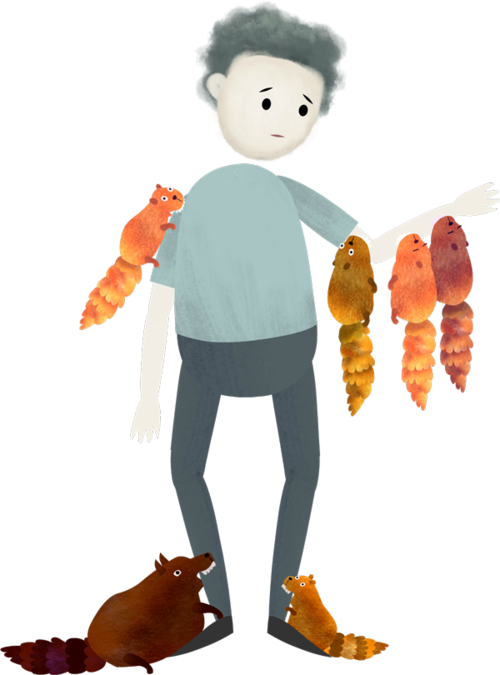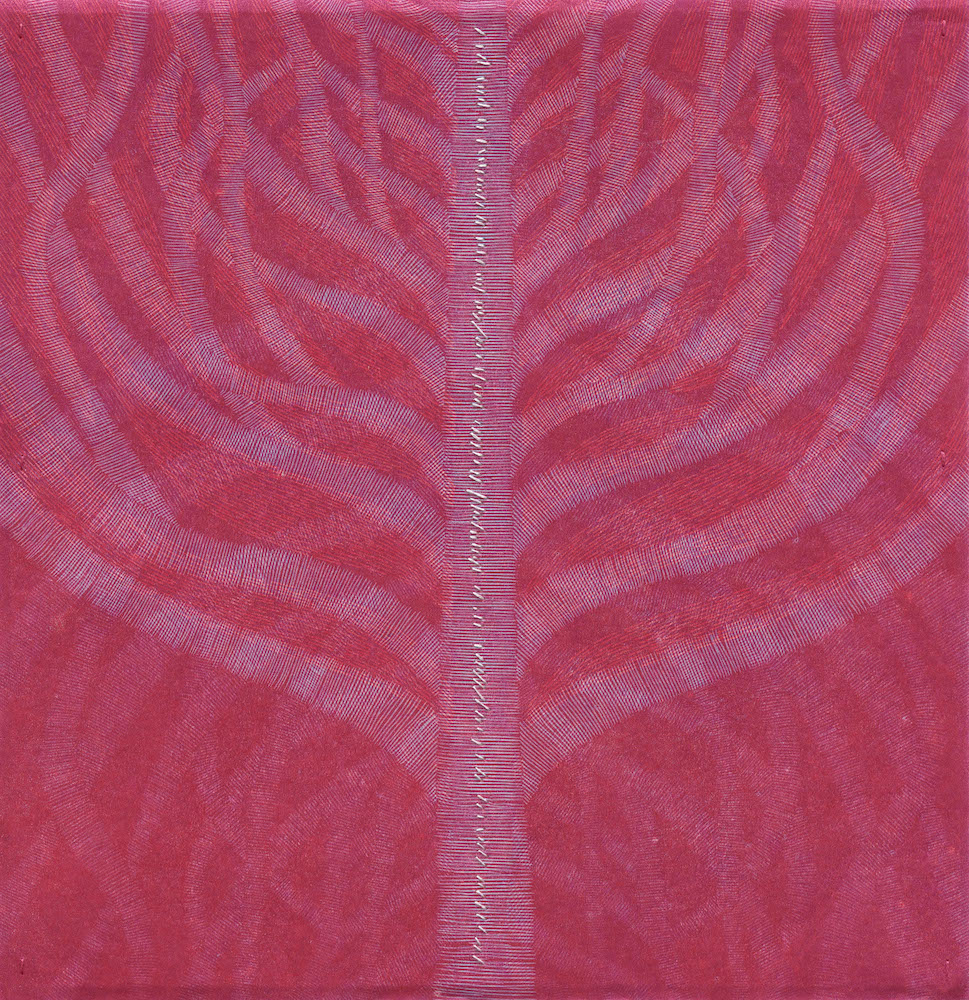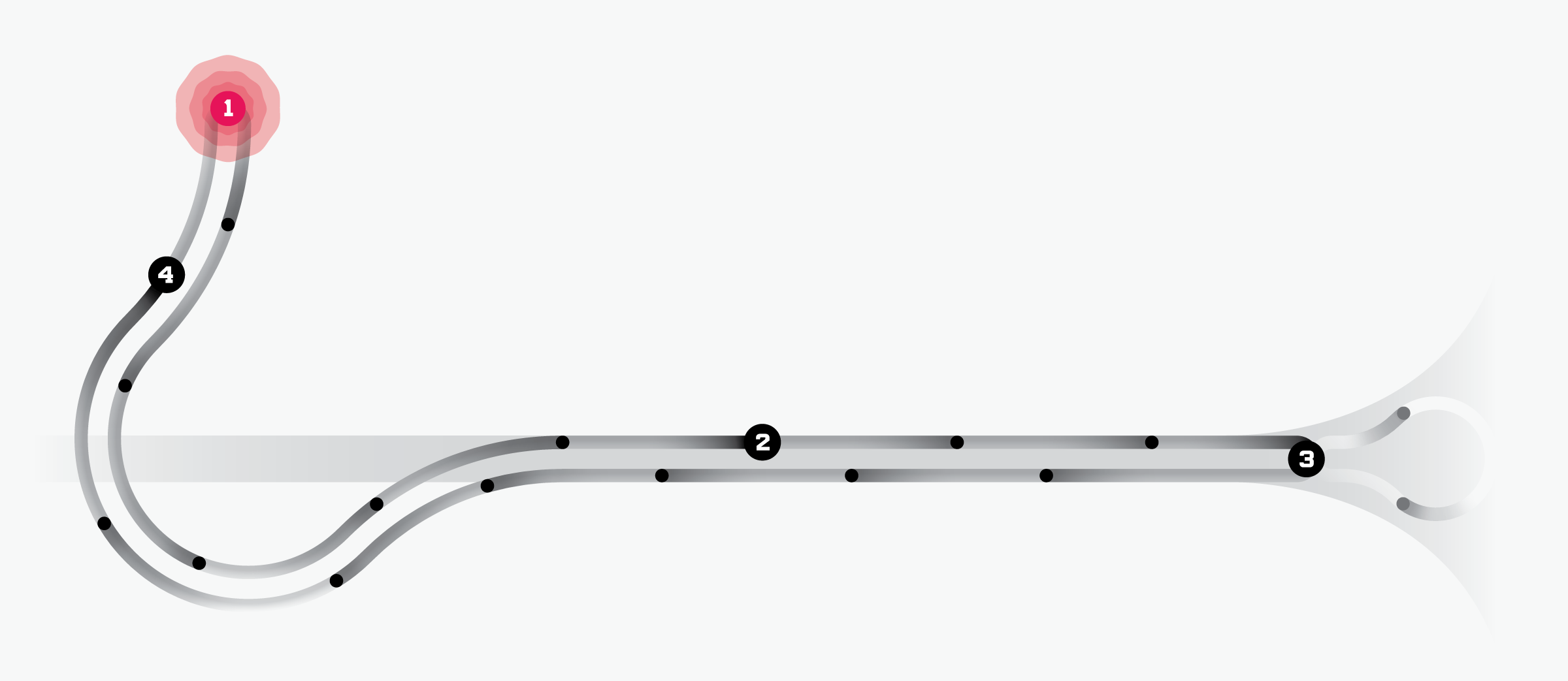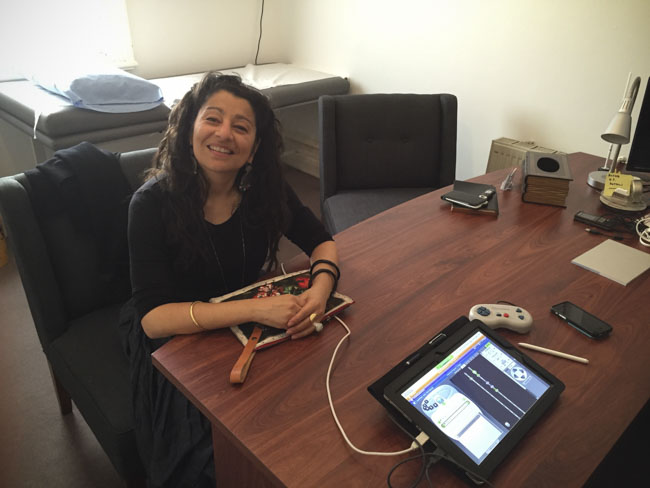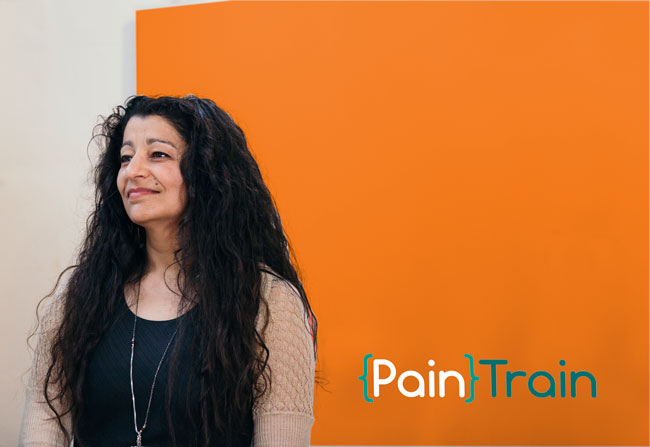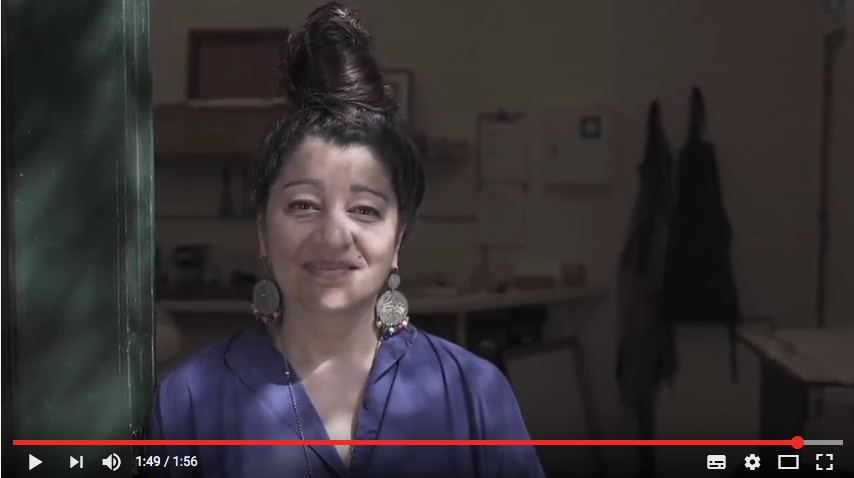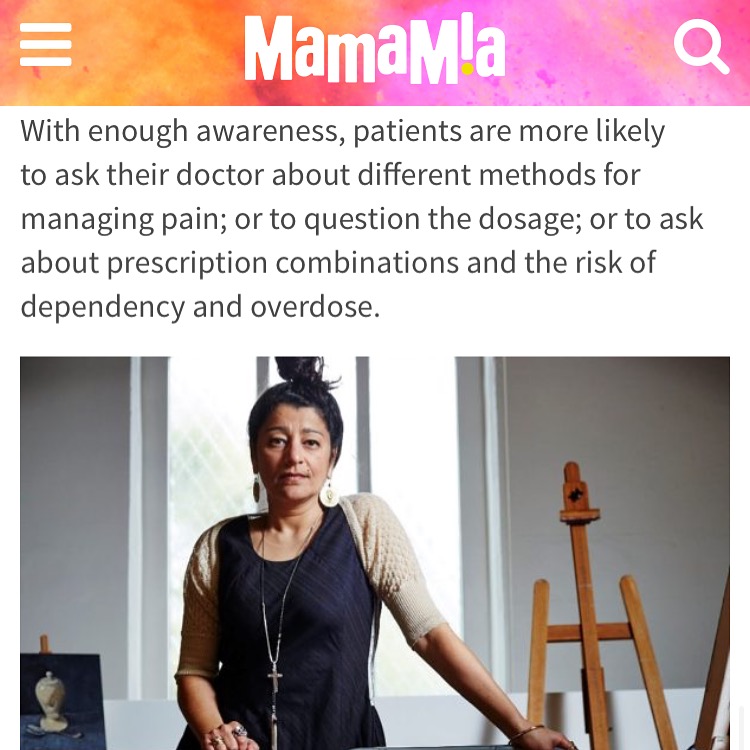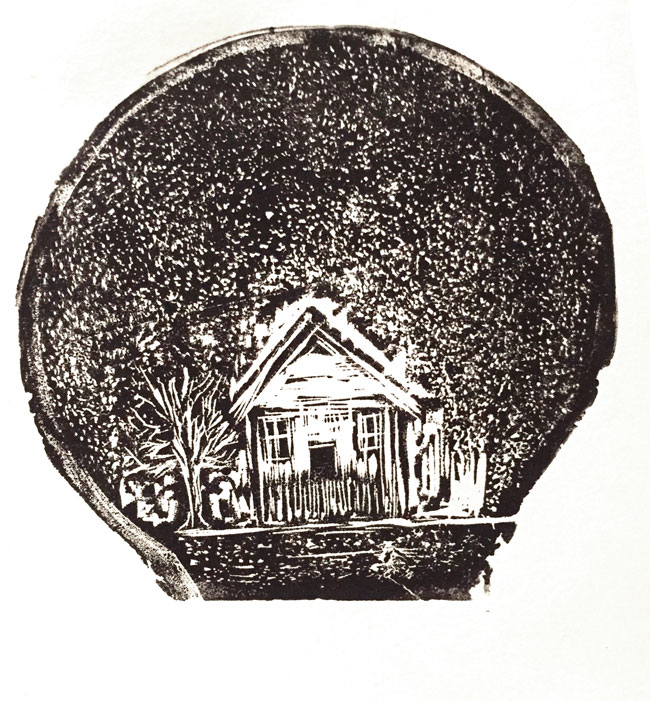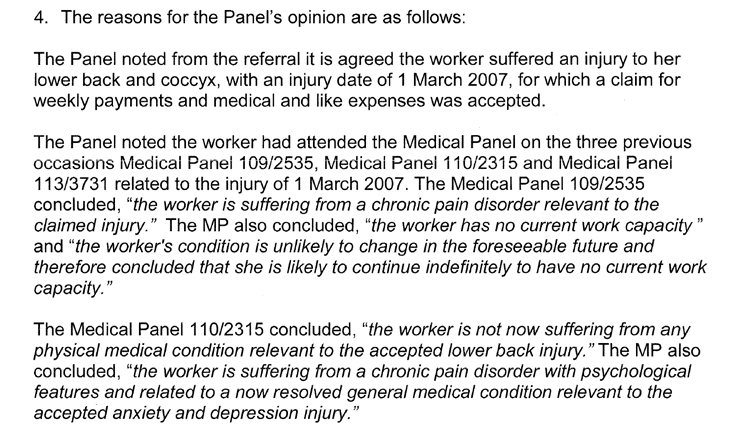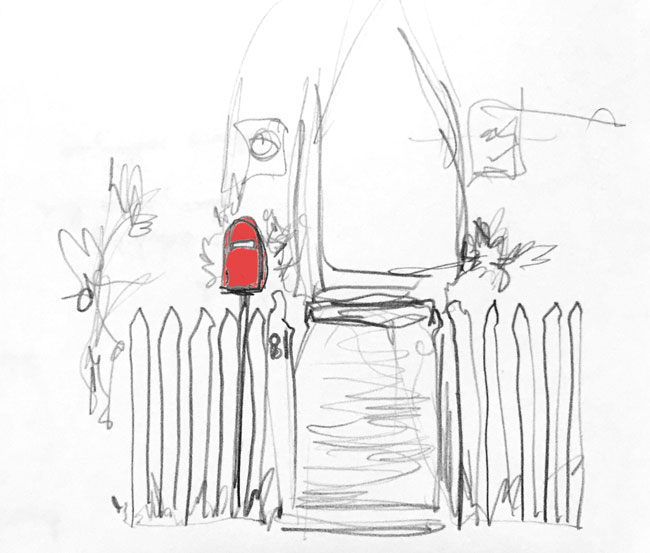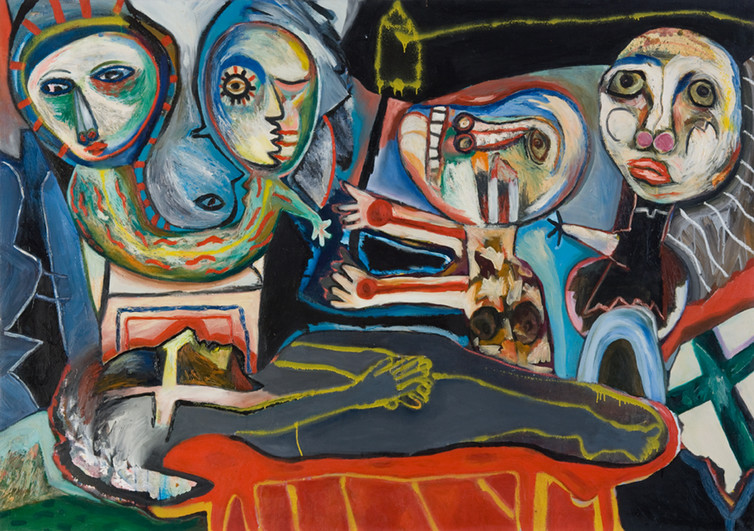My latest…
Yes, it is like taming a beast
You’ve all heard the impact Prof Lorimer Moseley made on [...]
This, is Queenscliff
I’m thinking it might be relevant for followers to see [...]
Self Management: Acceptance, Commitment & Sacrifice
(Image: Written Within* by Elizabeth Banfield hand burnished linocut, kozo tissue, thread [...]
Not the fitball’s fault – it’s Nav1.7’s
In his theory, a stimulus triggers the Nav1.7 channel to open just long enough to allow the necessary amount of sodium ions to pass through, which then enables messages of stinging, soreness, or scalding to register in the brain. When the trigger subsides, Nav1.7 closes.
Dr Susie Gronski: How One Artist Used Her Hurting Strings To Stitch Back Her Life
I can't recommend Dr Susie highly enough. I wish I [...]
Encouraging Self Management
(Written by me, the founder of PainTrain) That’s easier said [...]
ADF campaign: Losing Yourself in Pain Medication
The Alcohol & Drug Foundation (ADF) has been working to enhance awareness [...]
Mamamia: My experience with medication
Soula became dependent. "I shrunk as a person. The medication fogged my mind. I couldn't cross the road. I had to activate spell check on my phone. I didn't have the ability to think properly any more," she said.
I Got Paid
Have you all been holding your breath as I have [...]
What it means to be believed
It means I rose above the monsters and didn't let them defeat me. They didn't get to keep something that belonged to me. Sadly they did destroy Theo's and my most valuable belonging - our home. I'll be adding to this post as the insurer responds to the Medical Panel Opinion which finally arrived and states:
Only because of their stupidity…
How can there be no simpler way to support an injured worker while they are attempting to return to work? It's disgraceful that any professional could see this process as an acceptable method for help. Of course I'm left to wonder if they're stupidity is indeed blinding them as Franz Kafka suggests.
Can looking at art make for better doctors?
Their teachers hope that students are beginning to realize that medicine is not black and white, but many shades of grey. The museum sessions are designed to get these students thinking about the importance of a diagnosis that is not just based on physical symptoms, but also on the larger narrative that informs a patient’s health story.


